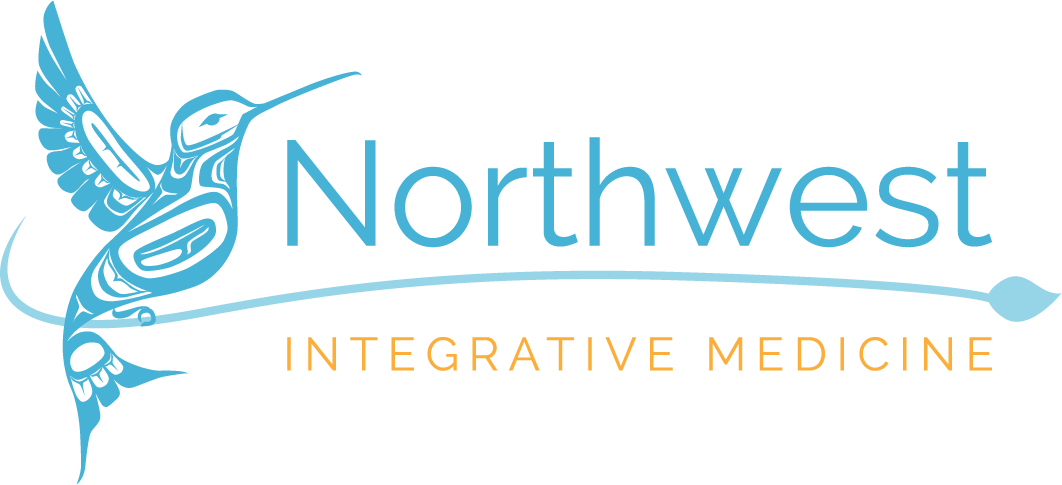 You would think that to bring a drug to market, numerous human research trials over many years would have been completed showing efficacy and safety of a new drug, right? That is not the case, as many new drugs are brought to market after only 2-3 positive studies. By positive, I mean the drug shows at least slightly better improvement over placebo, also called “statistical significance”. In research, this implies that the findings are “real” and unlikely to be due to chance. It does not necessarily mean these findings are important2. Much of the research on pharmaceuticals is completed “post-market”, and not for the intention of assessing safety, but in hopes of finding more clinical uses for the drug and therefore FDA approval for multiple conditions.
You would think that to bring a drug to market, numerous human research trials over many years would have been completed showing efficacy and safety of a new drug, right? That is not the case, as many new drugs are brought to market after only 2-3 positive studies. By positive, I mean the drug shows at least slightly better improvement over placebo, also called “statistical significance”. In research, this implies that the findings are “real” and unlikely to be due to chance. It does not necessarily mean these findings are important2. Much of the research on pharmaceuticals is completed “post-market”, and not for the intention of assessing safety, but in hopes of finding more clinical uses for the drug and therefore FDA approval for multiple conditions.
Examples:
- Fluoxetine/Prozac, brought to the market in 1987 by only 3 trials, all between 4-6 weeks long and only studied in those diagnosed with Major Depressive Disorder. Since then several longer post-market studies have been completed and the drug is now FDA approved for obsessive compulsive disorder, bulemia, panic disorder, pre-menstrual dysphoric disorder and major depressive disorder in peds age >7 years old. Each of these FDA approvals had 1-3 clinical trials, the longest being 50 weeks3.
- Fluticasone propionate/Flovent, brought to market by 3 trials on 980 adults and adolescents with asthma over 12 weeks only. Pediatric studies were inconclusive, so efficacy in children has been extrapolated from adult studies and other data4.
- Eszopiclone/Lunesta: Brought to market by 4 studies, two were only 2-weeks in length, the other two were < 6 months5.
- Bupropion/Wellbutrin’s efficacy was established using 3 trials in patients with depression, all < 6 weeks in length6.
Have you ever heard the saying 90% of statistics are made up? I’m trying to be humorous here, but we depend on the statistical analysis of researchers to point us in the right direction for treatment efficacy and safety. An article published in JAMA in 2005 looked at 45 of the most highly regarded research findings over the last 13 years. These 49 articles were the most highly cited and considered “high quality” research. Of the 49 articles, 45 claimed to have uncovered effective interventions. Thirty-four of these claims had been retested, and 14 of these, or 41 percent, had been convincingly shown to be wrong or significantly exaggerated7. If you’re a statistician, it’s not difficult to see that numbers can be skewed a variety of different ways to get different points across. In addition to this, research funded by drug companies was less likely to be published and more likely to have outcomes favoring their products8. How often are we addressing conflicts of interest, researcher bias and flat out fraud? The book Overdosed America by John Abramson, MD discusses many ways drug companies have misled and misrepresented research results for common medications including Vioxx (withdrawn from the market due to safety), Celebrex, statin medications and antidepressants. The United States is also one of only two countries which allow Direct-to-Consumer Marketing via pharmaceutical ads and commercials which paint perfect family stories saved using their drugs.
What’s Next:
Part 4 – Pharmaceuticals: Are you getting all the information?
Part 1: Pharmaceuticals: To Prescribe or Not Prescribe?
Part 2: Understanding the risks of a drug:
Citations:
- Michael Schroederm Death by Prescription, US News and World Report,
https://health.usnews.com/health-news/patient-advice/articles/2016-09-27/the-danger-in-taking-prescribed-medications - What researchers mean by Statistical Significance;
https://www.iwh.on.ca/what-researchers-mean-by/statistical-significance - Prozac full prescribing information:
http://pi.lilly.com/us/prozac.pdf - Flonase full prescribing information:
https://www.accessdata.fda.gov/drugsatfda_docs/label/2004/20549slr016,20548slr020,20121slr030_flonase_lbl.pdf - Eszopiclone full prescribing information:
https://www.accessdata.fda.gov/drugsatfda_docs/label/2014/021476s030lbl.pdf - Bupropion full prescribing information:
https://www.accessdata.fda.gov/drugsatfda_docs/label/2011/018644s043lbl.pdf - Ioannidis JPA. Contradicted and Initially Stronger Effects in Highly Cited Clinical Research. JAMA. 2005;294(2):218–228. doi:10.1001/jama.294.2.218
https://jamanetwork.com/journals/jama/fullarticle/201218 - Lexchin J, Bero LA, Djulbegovic B, Clark O. Pharmaceutical industry sponsorship and research outcome and quality: systematic review. BMJ. 2003;326(7400):1167-70.
https://www.ncbi.nlm.nih.gov/pmc/articles/PMC156458/

